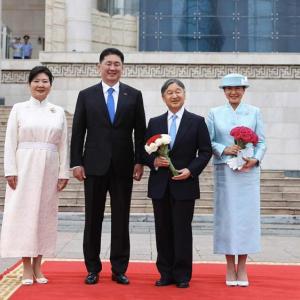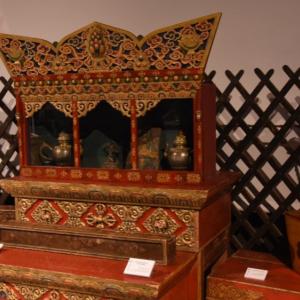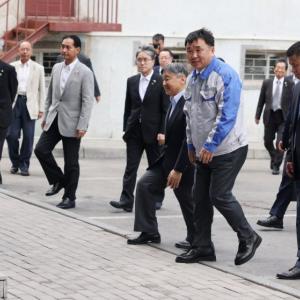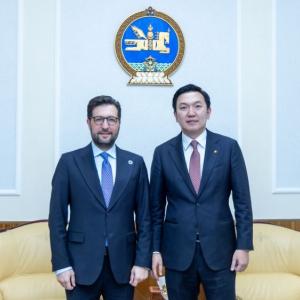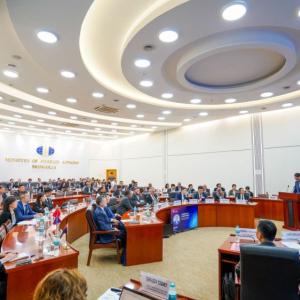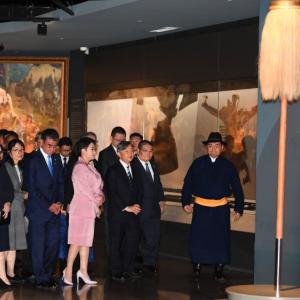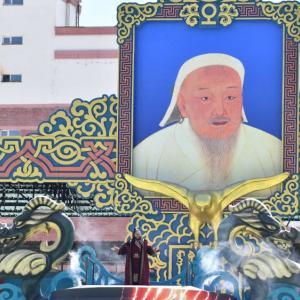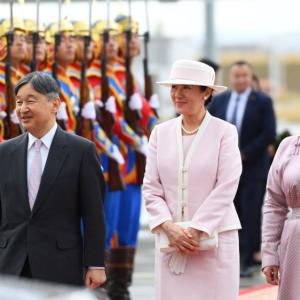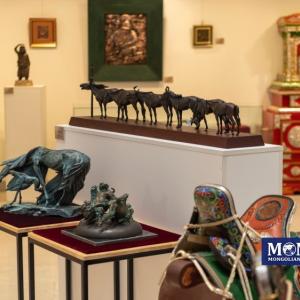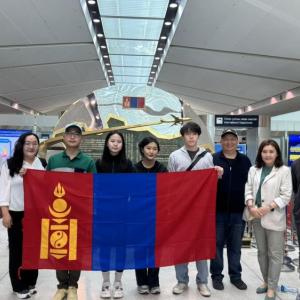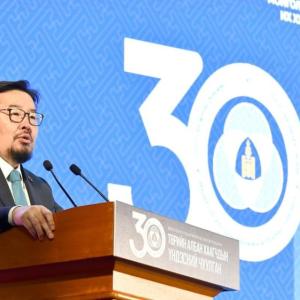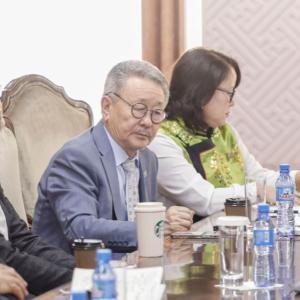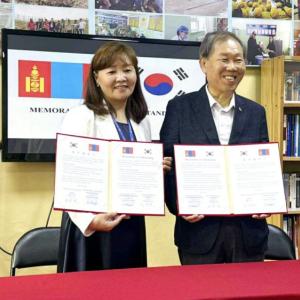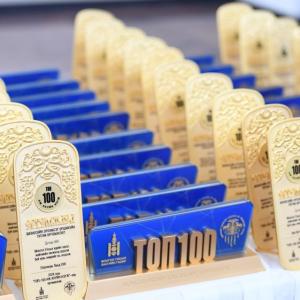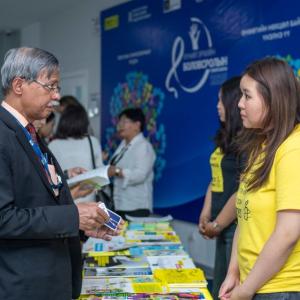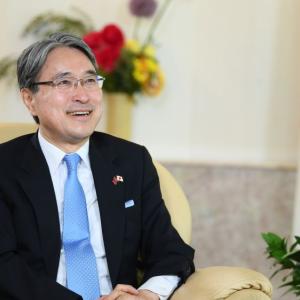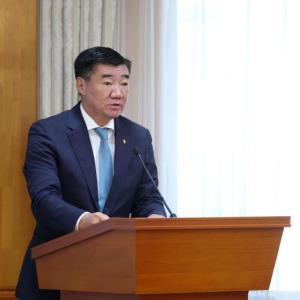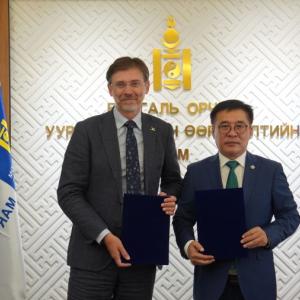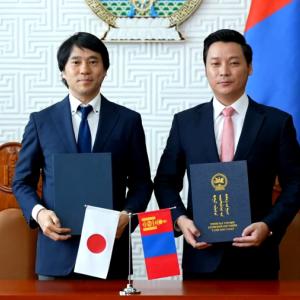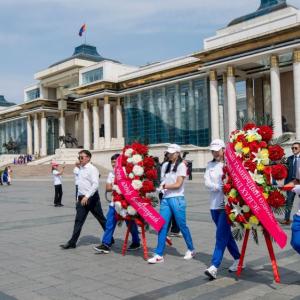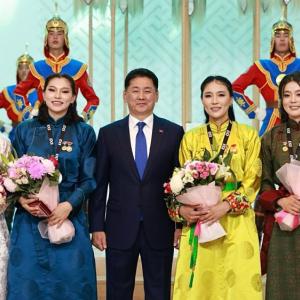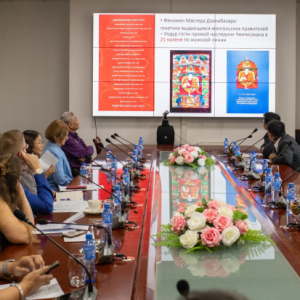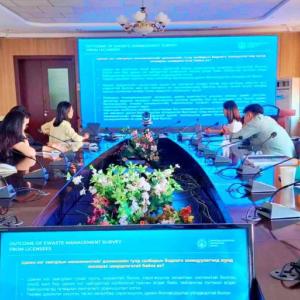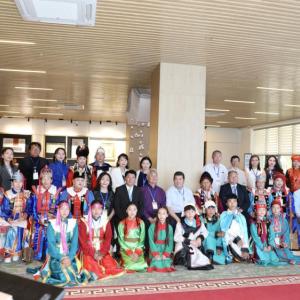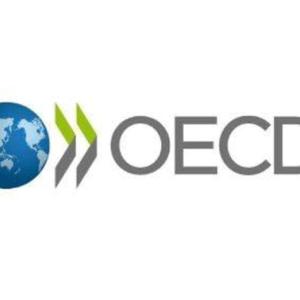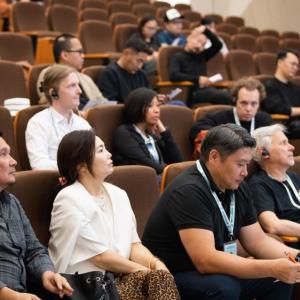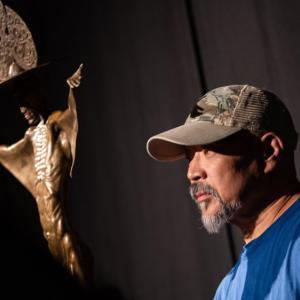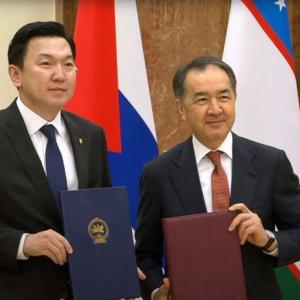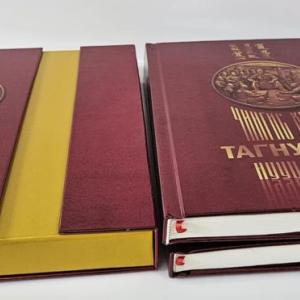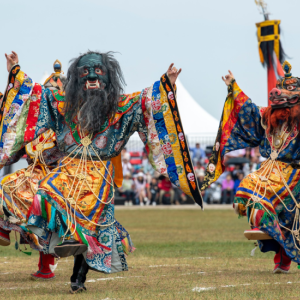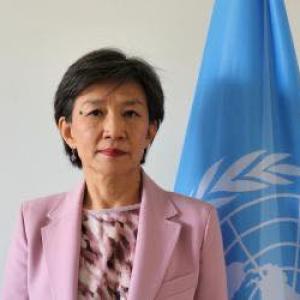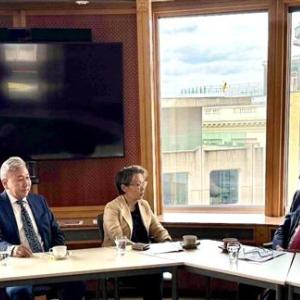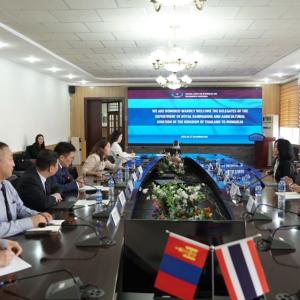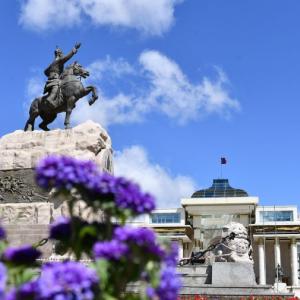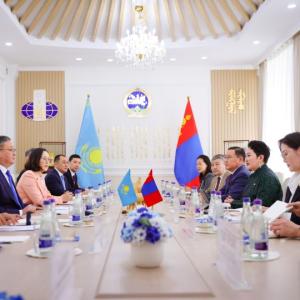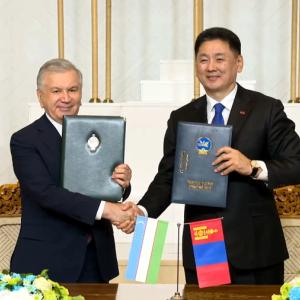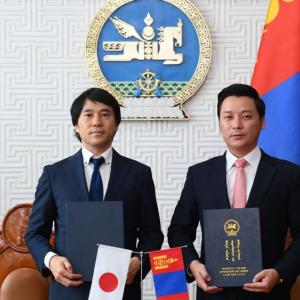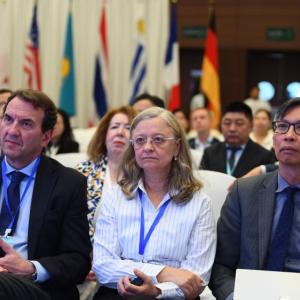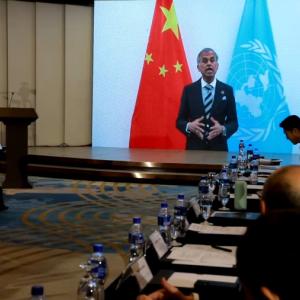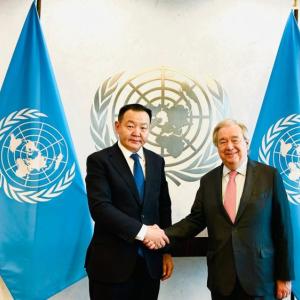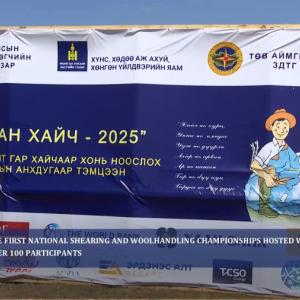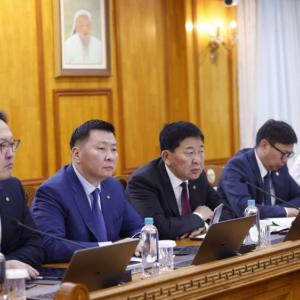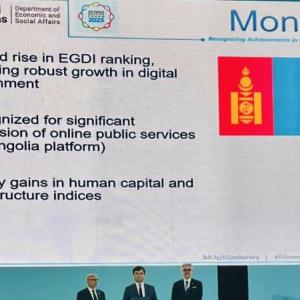Stone Inscriptions of Tsogt Khun-Taij Registered in UNESCO's Memory of the World
Art & Culture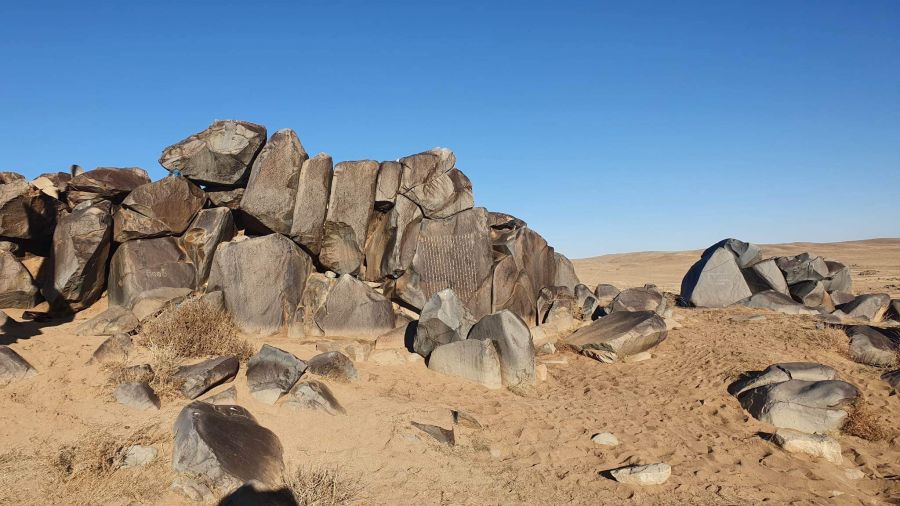
Ulaanbaatar, May 25, 2023 /MONTSAME/. The stone inscriptions of Tsogt Khun-Taij, Prince of Khalkha, have been officially registered in the list of international documentary heritage by UNESCO's renowned "Memory of the World" program.
During the May 2023 meeting of the International Consultative Committee of UNESCO's "Memory of the World" program in Paris, the esteemed capital of the French Republic, the nominated documentary heritage materials from various member countries underwent meticulous study and comprehensive deliberation. As a result, a total of 64 extraordinary monuments were selected and officially inscribed in the program's illustrious list of International Documentary Heritage, which included the nation of Mongolia. Remarkably, the revered heritage of Prince of Khalkha Tsogt Khun-Taij's rock inscriptions was among the distinguished entries chosen for inclusion.
The Stone Inscriptions of Tsogt Khun-Taiji are regarded as one of the most iconic and important symbols of
Mongolian script and literature. The monument consists of three stone
inscriptions carved by the same people, in the same year. The inscriptions are
amazing not only because of their clarity and the beauty of the clean lines of
the letters but also how well they have been preserved to this day. The main
inscription, dated 1624, is a poem carved on the smooth, vertical rock, which
was composed by Prince Tsogt. This poem is often considered by scholars to be
the finest example of pre-Qing Mongolian poetry composed according to the
canons of Buddhist poetry. The importance of the inscriptions is that they
stood as a witness to a turbulent and dramatic time in the history of 17th
century Mongolia, when Ligdan Khan, the last Great Khan of the Mongols, was
desperately struggling to maintain unity among the Mongols as they faced the
rising power of the Manchus.
In 2011, three
documentary heritages from Mongolia were registered in UNESCO's "Memory of
the World" program. They are: Luvsandanzan's "Golden Button", Mongolian
Shunkhan Danjuur, "Nine Gems”.
For your information, the
aim of UNESCO's "Memory of the World" program is to safeguard and
promote the world's documentary heritage, ensuring its preservation and
accessibility for present and future generations. The program recognizes the
importance of documentary materials, such as manuscripts, books, audiovisual
records, and other forms of recorded knowledge, as essential components of
human heritage.
The program seeks to raise awareness about the significance of documentary heritage, emphasizing its role in fostering dialogue, understanding, and the development of societies. By highlighting and protecting valuable documentary collections from around the world, the program aims to promote cultural diversity, encourage historical research, and facilitate the exchange of knowledge among nations.
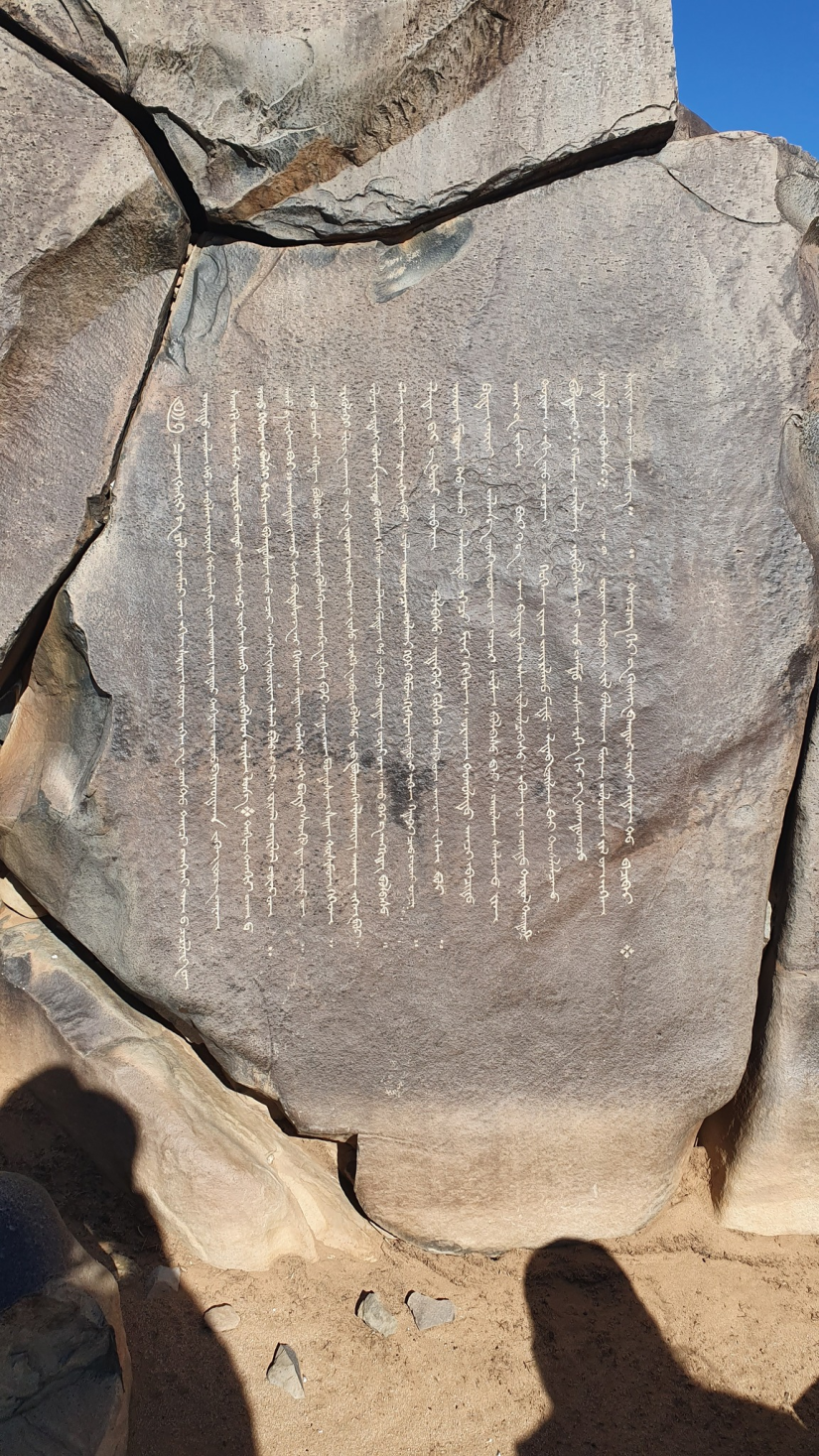
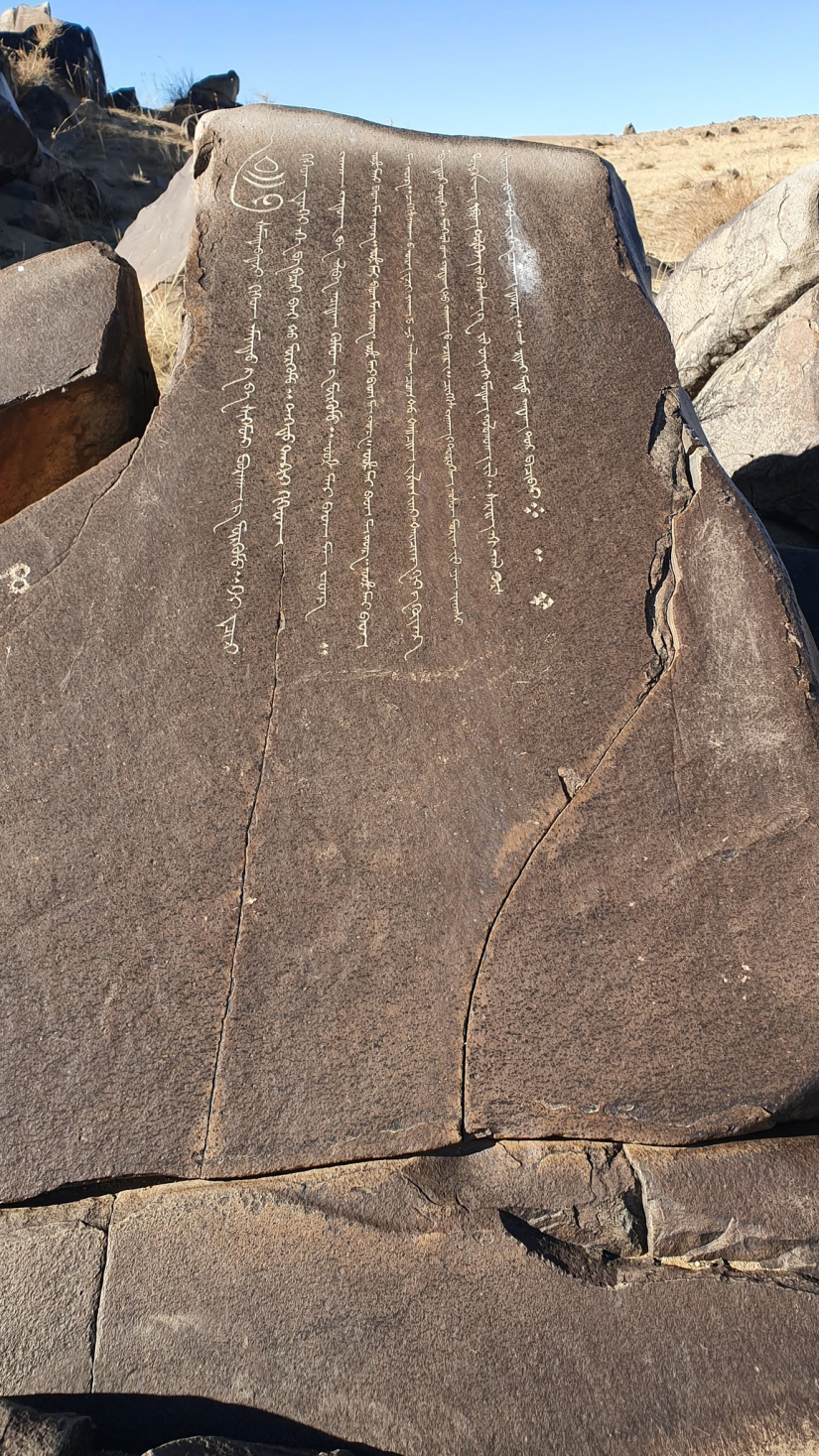

 Ulaanbaatar
Ulaanbaatar

